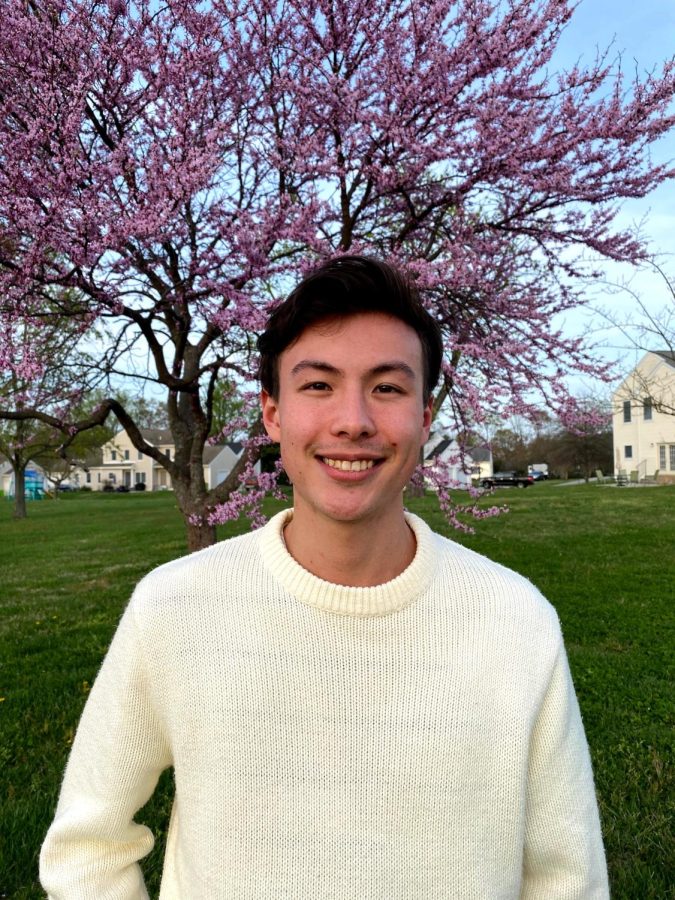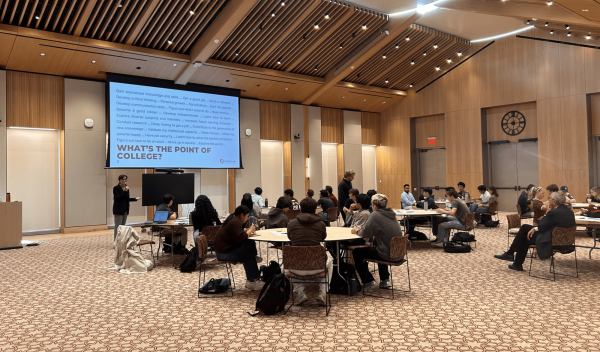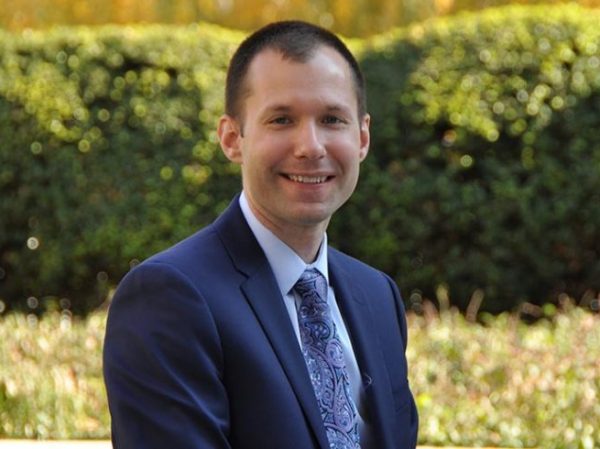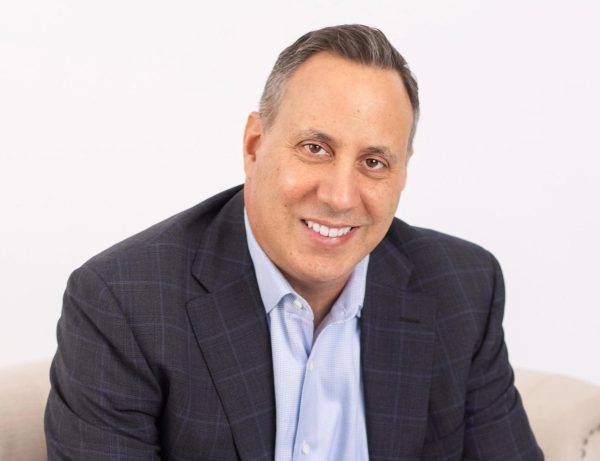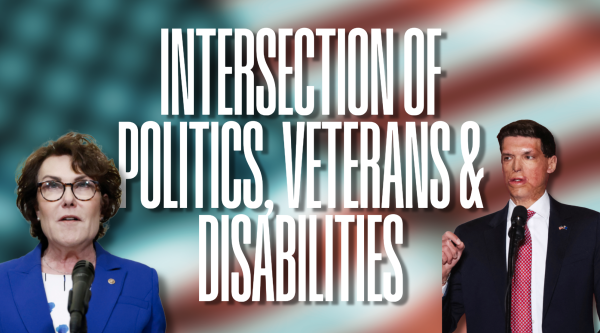Fordham Senior Analyzes the Relationship Between Education and Disability
Many people who suffer from disabilities and other functional limitations may also be subjected to the inequality that exists regarding their education, compared to those without disabilities.. Ian Dillon, FCRH ’22, is a math major and biology minor on the pre-med track. He is currently completing research analyzing the relationship between education and disability.
“We’re looking at education mainly for two reasons … one is that people who experience some sort of disability have been found to have a much lower educational attainment, meaning that the highest year of schooling that they complete is much lower compared to their non-disabled counterparts … Another reason is that one of the main socionomic determinants of health has been shown to be education,” said Dillon. Education has a major effect on someone’s employment opportunities, and these opportunities have the potential to affect things such as a person’s income and their access to healthcare.
Dillon is working with Sophie Mitra, an economics professor and co-director of the disability studies minor at Fordham, to discover if and why there is an educational disability gradient and reasons as to why education and disability could possibly be related. Oftentimes, surveys that are used to gauge disability ask individuals how difficult it is to complete certain tasks and then provide a multitude of options ranging from experiencing “no difficulty” to experiencing “a lot of difficulty.”
“That’s kind of what we mean by gradient; we’re trying to see if there is a correlation between what you report on that functional limitation answer and see if that correlates to your educational attainment and vice versa,” Dillon explained. Dillon hypothesized that this educational disability gradient does exist and that education plays a large role in disability onset later on in life.
Furthermore, Dillon is focusing on a wide range of disabilities in this research because of the scope of data available through global reporting. However, the research places more of an emphasis on physical disabilities because he is looking through the lens of functional limitations.
In this stage of the research, Dillon is in the process of literature searching to see what people have already researched on this topic, what methods they have used and what ideas they’ve explored that could potentially justify the reasoning behind Dillon’s project. Because of this, a lot of Dillon’s day-to-day research responsibilities thus far have been compiling and reading academic articles to try and answer some of these questions.
Dillon already has access to a lot of data because of the global reporting data and research that his advisor, Mitra, has already completed on this subject. The next step of Dillon’s project will consist of figuring out what kinds of statistical analysis is needed. “A large part of it will probably involve descriptive statistics … and then to answer our more causal question, we are probably going to use something more like a regression model or something like that,” said Dillon .
Being on the pre-med track, Dillon hopes that this research project will be a positive experience leading into his future. While gaining the opportunity to do things like work in a chemistry lab and use interesting statistical analysis, Dillon also remarks that as a doctor later on in life, his main goal will be to help people in an appropriate manner.
“I think having a broader understanding of disability prevalence and also disability studies will help me be a better doctor,” he said.
Dillon envisions his research being applied to the real world through policy. When policymakers work to formulate the rules and regulations that they want to be implemented, they often look at data from global reporting and use that to inform their decisions. Dillon said, “Policy can have a direct correlation to the quality of life for people with disabilities, and so a lot of the time people’s access to healthcare or the opportunities that they have in life are affected by policies, so the overall goal is to obviously create a more inclusive society, hopefully with the help of the data we’re collecting now and also studies that are already out.”





































































































































































































